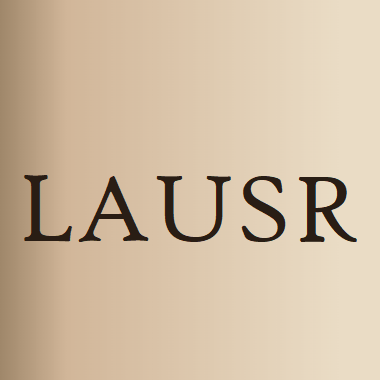
ABSTRACT Object agnosia is a rare symptom, occurring mainly after bilateral damage of the ventral visual cortex. Most patients suffering from unilateral ventral lesions are clinically non‐agnosic. Here, we studied… Click to show full abstract
ABSTRACT Object agnosia is a rare symptom, occurring mainly after bilateral damage of the ventral visual cortex. Most patients suffering from unilateral ventral lesions are clinically non‐agnosic. Here, we studied the effect of unilateral occipito‐temporal lesions on object categorization and its underlying neural correlates in visual areas. Thirteen non‐agnosic stroke patients and twelve control subjects performed an event‐related rapid object categorization task in the fMRI scanner where images were presented either to the left or to the right of a fixed point. Eight patients had intact central visual fields within at least 10° eccentricity while five patients showed an incomplete hemianopia. Patients made more errors than controls for both contra‐ and ipsilesional presentation, meaning that object categorization was impaired bilaterally in both patient groups. The activity in cortical visual areas is usually higher when a stimulus is presented contralaterally compared to presented ipsilaterally (contralateral bias). A region of interest analysis of early visual (V1–V4) and object‐selective areas (lateral occipital complex, LOC; fusiform face area, FFA; and parahippocampal place area, PPA) revealed that the lesioned‐hemisphere of patients showed reduced contralateral bias in early visual areas and LOC. In contrast, literally no contralateral bias in FFA and PPA was found. These findings indicate disturbed processing in the lesioned hemisphere, which might be related to the processing of visually presented objects. Thus, unilateral occipito‐temporal damage leads to altered contralateral bias in the lesioned hemisphere, which might be the cause of impaired categorization performance in both visual hemifields in clinically non‐agnosic patients. We conclude that both hemispheres need to be functionally intact for unimpaired object processing. HIGHLIGHTSWe studied the effect of unilateral ventral lesions on object categorization and its neural correlates.Patients performed a rapid object categorization task in the fMRI scanner.Patients are impaired in categorizing objects both contra‐ and ipsilesionally.Functional changes in visual cortices only in patients lesioned hemisphere.The relationship between impaired categorization and neural alteration is discussed.
Journal Title: Neuropsychologia
Year Published: 2017
Link to full text (if available)
Share on Social Media: Sign Up to like & get
recommendations!